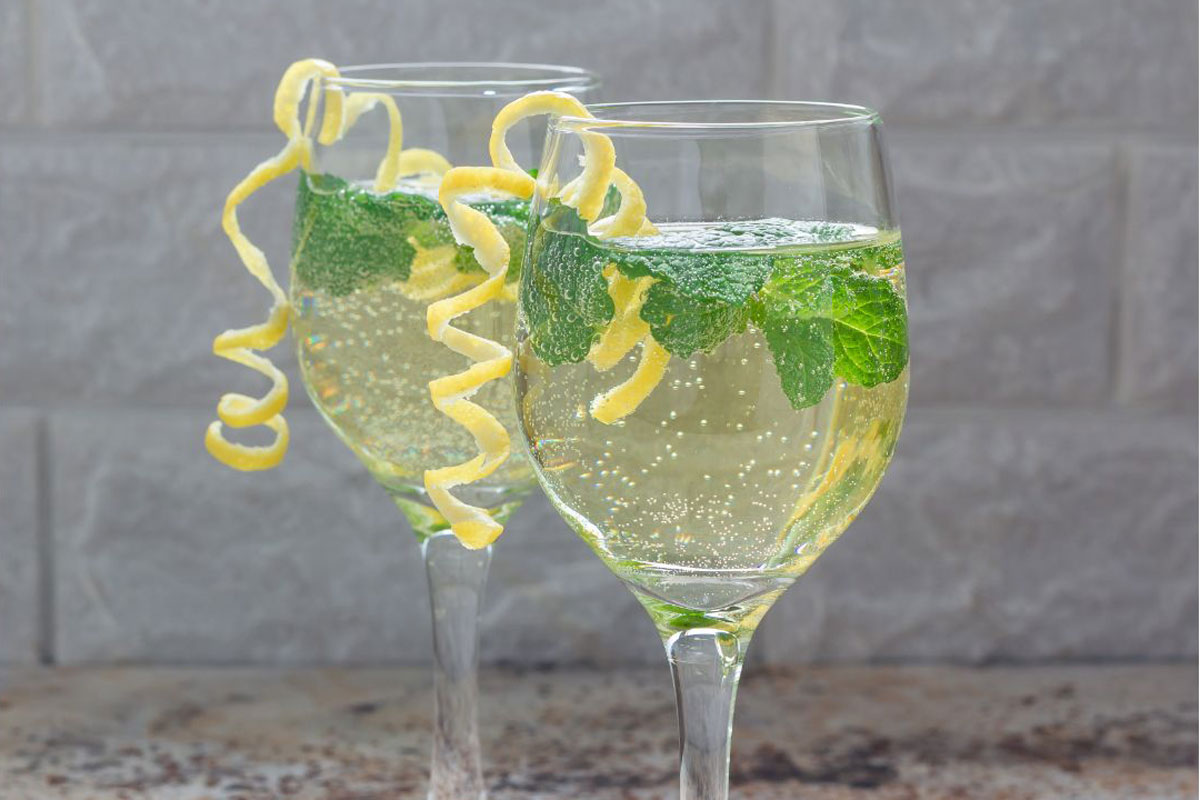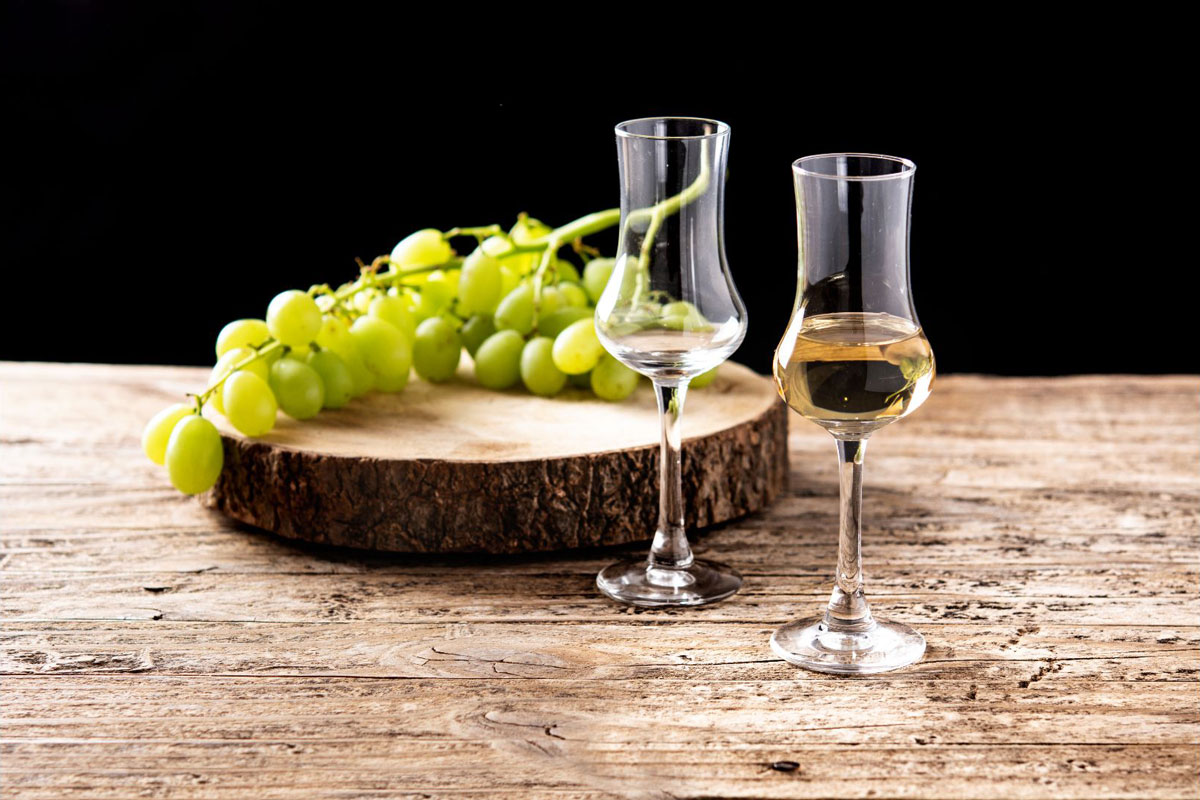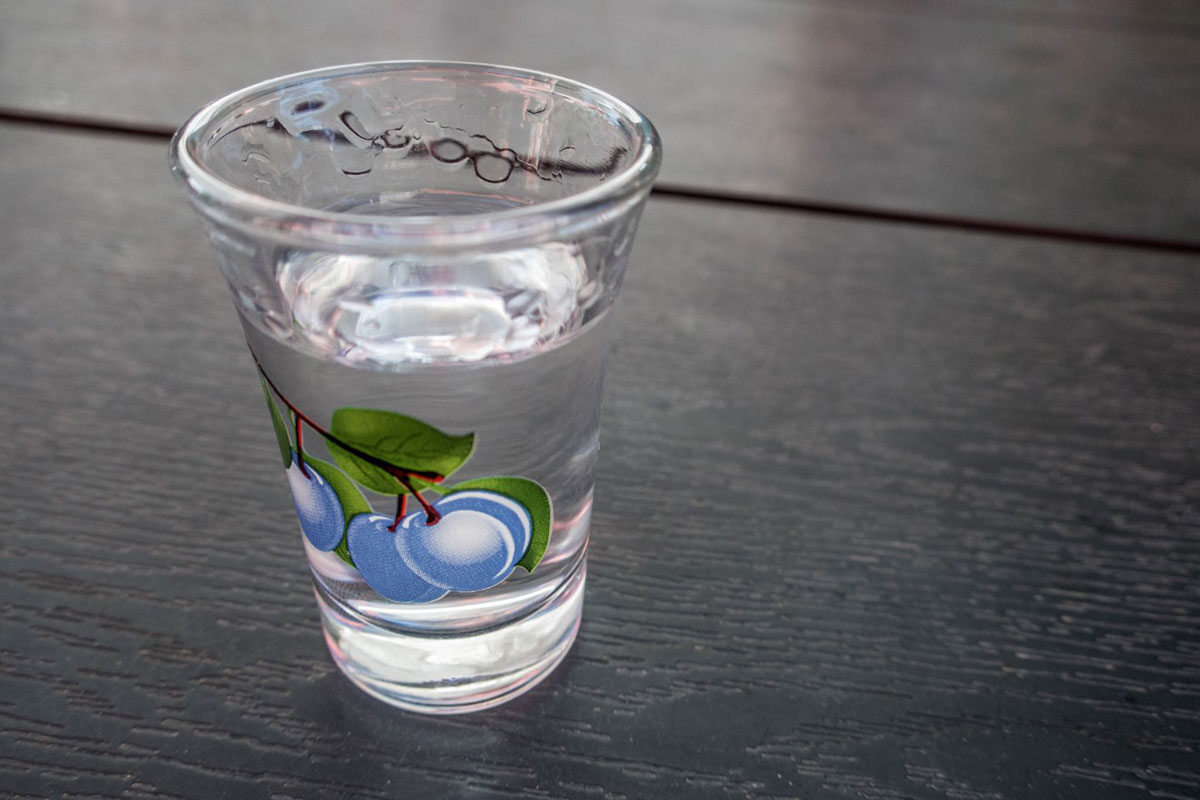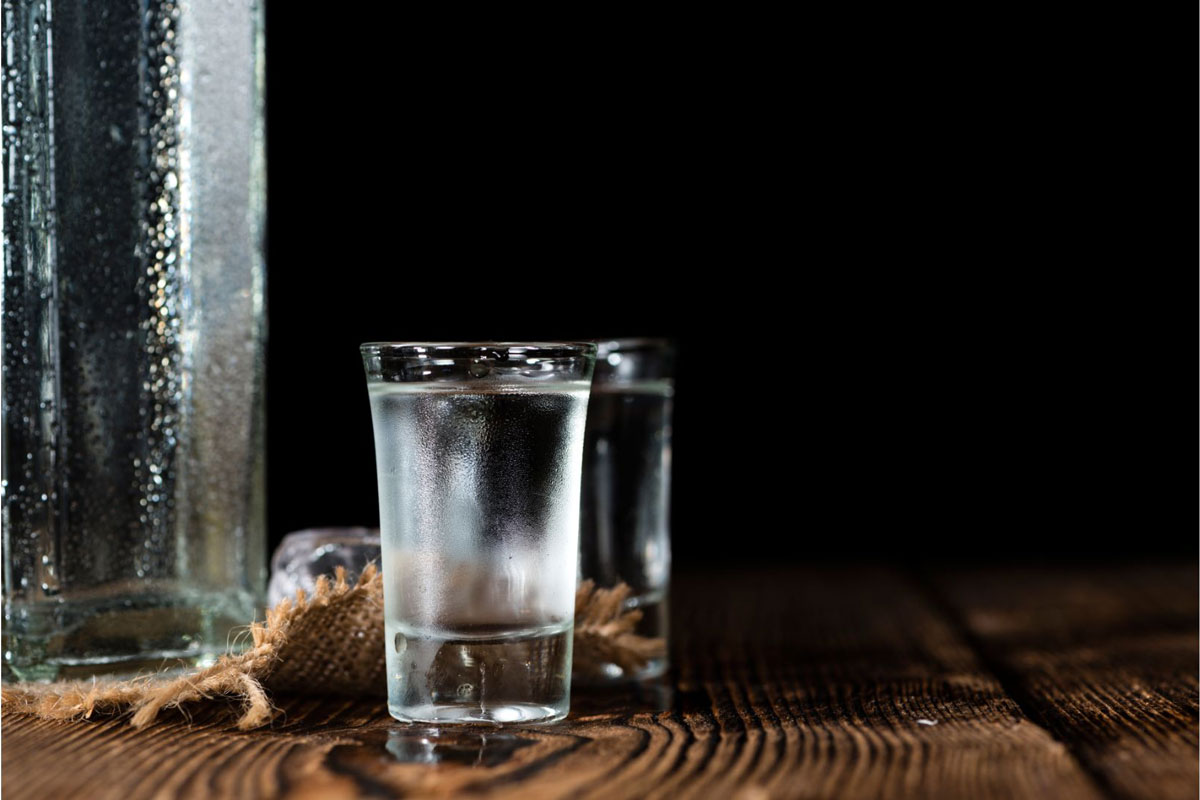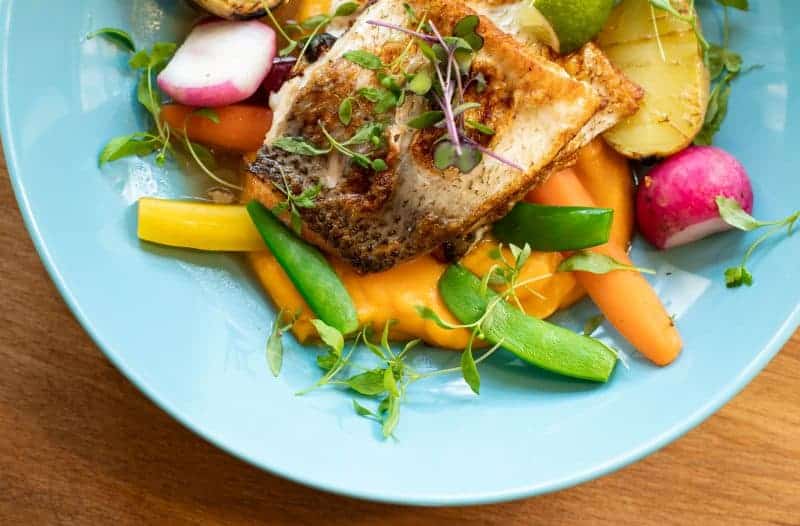Is Rakija a Croatian National Drink?
It’s not only Rakija. The three most popular drinks in Croatia are:
- Beer: Beer is one of the most consumed alcoholic beverages in the country. Croatia has a long tradition of brewing, and several domestic beer brands are available in the market. Beers are widely consumed in bars, restaurants, and social gatherings nationwide. Additionally, Croatia has a strong beer culture, with beer festivals and other events. The Croatian Craft beer scene is also powerful. Overall, the beer holds an important place in the Croatian beverage scene.
- Gemišt: It is a refreshing drink made by combining white wine, typically a light and dry variety such as Kraljevina, Riesling or Graševina, with sparkling water or carbonated mineral water. “Gemišt” is a popular beverage in Croatia, particularly during the summer months, especially in Slavonia and Croatian Uplands, and also in the coastal parts. The proportions can vary, but commonly, gemišt is made by mixing equal parts of dry white wine and sparkling water. Gemišt is known for its light and fizzy character, and it is enjoyed as a refreshing and thirst-quenching drink.
- Hard liquor, including Rakija (“rakia”): Croatian prefer strong alcoholic drinks on many occasions, but despite the rise of popularity in other drinks, Rakija has deep cultural and historical significance in Croatia. Rakija is a fruit brandy made from plums, grapes, pears, quince, apples, apricots or other fruit. It is often consumed on various occasions, including celebrations, social gatherings, and as an aperitif or digestif.
However, to answer the question of the most popular or significant national drink, let’s define what that would be.
What is a “national drink”?
A “national drink” refers to a particular beverage with cultural, historical, or symbolic significance within a specific country or nation. It is a drink strongly associated with that nation’s identity, traditions, and customs and is often considered a representation of its culinary heritage. A national drink may have deep roots in the country’s history, be produced using locally sourced ingredients, or have a significant presence in traditional celebrations and social gatherings. It can also serve as a source of pride and a way to showcase a country’s unique flavours and traditions to both locals and visitors.
Croatian Beer
By that definition, we must rule out beer, although a growing number of impressive craft beer makers are active today. Still, beer is widely accepted and present everywhere in Croatia today. Regarding sales, we can compare its popularity to everyday coffee.
Croatian Gemišt
Then, although there is “Schorle” tradition in Germany, Gemišt is almost uniquely Croatian in its form of mixing with white wine. While Schorle could mix nearly anything with sparkling water, such as various fruit juice, Gemišt mixes sparkling water exclusively to dry white wine, mainly from Kraljevina, Graševina, or Riesling grape. Austria’s “G’spritzte” tradition is basically the same – half white wine and half sparkling or soda water. Although “G’spritzte” is an unofficially Austrian national drink, it is not typically considered a “national drink” in the same way that Rakija is often associated with Croatia.
Gemišt holds a stronger cultural association in Croatia and is more commonly identified as a specific Croatian beverage. Gemišt has profoundly become ingrained in the Croatian drinking culture, and every other consumer claims their “recipe” for ideal Gemišt is the best.
Croatian Rakija
Rakija is shared with other Balkan countries. Regardless, Rakija is also a Croatian national drink. Every Croatian, but also Serbian, Bosnian, Montenegrin, Macedonian, Bulgarian, and even Slovenian, is grown in the culture where Rakija is literally – a cure for everything.
And only homemade stuff is true enough. You have stomach pain? Have some Rakija. Your tooth hurt? Have some Rakija. Need to calm down? Take some Rakija.
Rakija is used for anything. For throat infections, for a massage, for sanitising your hands if unclean… it’s hard to think of anything where Rakija is, if not the medicine itself, at least beneficial to yourself.
There is an incredibly annoying custom of consuming rakija just before a meal. It does not mean Rakija won’t be used after a meal also, as a digestive.
What drink is Croatia known for?
Rakija is deeply embedded in Croatian culture and is widely accepted and considered not only an alcoholic drink but a remedy. Rakija is a distillate of local fruits; depending on the fruit type, Rakija differs from place to place.
A particular type of Rakija depends on the unique properties of the particular region where it is made. Therefore, plum Rakija is mostly made in Slavonia, often aged in wooden barrels or consume as clear distillate of 40% alc. Serbia is perhaps the most famous for its tradition of making plum Rakija, but also are the mountainous region of Croatia.
Every other Croatian region traditionally makes “Loza”, the same as “Grappa” in Italy. With the abundance of aromatic herbs, Dalmatia, Istria, and Hezegovina make “Travarica”. It’s a special type of Rakija with herb infusion, each unique.
Many times, Rakija is made with an infusion of other ingredients, such as walnuts, figs, carobs, wormwood, blueberries, but in this case, it is useful to distinguish full proof Rakija of 40% alc or more from various Liqueurs that usually vary between 12 and 36% alc., such as Teranino, Maraschino, Pelinkovac.
Pear Rakija is a tradition in continental and mountainous parts of Croatia, neighbouring Slovenia, and Serbia. Rakija from the Williams pear variety is highly esteemed and considered the most prestigious Rakija.
However, Croatia is becoming known for its production and consumption of wine. The wine culture in Croatia is deeply ingrained in the local traditions, cuisine, and social gatherings. Croatia has a rich winemaking tradition and is renowned for its diverse wine regions and high-quality wines with unique characteristics.
What is the signature drink in Croatia?
Rakija should be considered the signature drink of Croatia. Rakija is a traditional fruit brandy deeply rooted in Croatian culture and holds significant cultural and historical importance. It is commonly produced and consumed throughout the country, and there are various types of rakija made from different fruits, such as plums, grapes, apricots, and cherries.
Rakija is often enjoyed on special occasions, celebrations, and social gatherings, and it is considered a symbol of hospitality in Croatian culture. Rakija is what you will toast within Croatia.
It is common for families to make their own rakija at home using traditional methods passed down through generations. The production and consumption of rakija has become an integral part of Croatian culinary heritage.
While other beverages such as wine, beer, and gemišt are also popular in Croatia, rakija is often seen as the quintessential Croatian drink and is widely recognized as a significant part of the country’s drinking culture.
How to drink Rakija in Croatia?
First of all, in moderation. Although Rakija is often served in small shot glasses, it is not a shot drink. A quick one-gulp is not the way to enjoy good Rakija. Rakija could be a part of some shooter, but it is supposed to be sipped.
Regardless if you are consuming Rakija as an aperitif between meals or as a digestive, it should be sipped slowly to enjoy its flavour. And most importantly, it should be served straight, without any ice, but with a glass of water on the side.
This doesn’t mean you should drink your Rakija warm. On the contrary, Rakija should be served chilled! But, Rakija must not be diluted with ice or water under any circumstances.
If in a company, it is customary to make a symbolic toast – make an eye contact with your company and a small knock with glasses, saying Zhee-ve-lee!
Živjeli!



